For most organisations the Human Resource function is simply one that feeds into compliance. Recently there has been a significant rise in interest in the role of the Chief Human Resource Office or HR Director as a strategic resource in the organisation. However, any business is challenged to move from having HR as a compliance function to having HR as a major business contributor.
In recent years the HR function has come under much pressure - especially in emerging markets - as a non-entity that does not add value to the organisation. However, HR is a potentially strategic force in most organisations. Yet we seldom move beyond HR's basic functions to consider it as a business driver.
This week's newsletter looks at the role and function of HR at different levels in the workplace. These levels allow you to ask where you stand in the great scheme of HR maturity and HR strategy contribution.
At Level 1 we comply and progressively consider HR as a strategic force in the organisation.
Level 1: Comply
This level is a level of compliance. Compliance ensures that we do not fall foul of the law. Nevertheless, it adds very little value to the organisation.
At its lowest level, HR's function is to simply ensure that we pay our staff.
The next level of the HR function ensures that the latest statutory submissions are in order and that that occupational health and safety regulations are met. At this level, procedures are in place to comply with employment law and compensation.
Level 2: Staffing
On this level, staffing fulfils the basic functions of making HR a tactical solution. It allows the business to be competitive and comparative because it ensures industry parity of employment.
This level ensures the following: job descriptions for all staff; effective management of hiring; basic scheduling and time management; training; management of staffing levels; effective layoffs and business unit restructuring; and integrated performance management.
Level 3: Employee energy - satisfaction and engagement
On this level, HR functions refer to employee satisfaction. This means recognising that employees perform better when their employee satisfaction and engagement levels are pro-actively managed.
An effective and comparative employee benefits portfolio must be developed, together with the following: employee satisfaction surveys; employee communications (staff meetings, newsletters, formal and informal get-togethers); effective employee relationships; and procedural and substantive fairness in labour practice.
Employee engagement must be improved with both the business and customers through equipment, technology, resources, and reward systems (hygiene factors).
Employee engagement must be improved with both the business and customers through relationships with immediate supervisors, belief in senior leadership and pride in working for the company (motivational factors).
Level 4: Culture of engagement
The fourth level looks at HR's role in creating a culture of engagement. While Level 3 focuses on engagement, Level 4 considers the institutional framework that makes engagement useful.
Enhancing employee engagement will accelerate teamwork, growth, learning, community, work/life balance, meaningful feedback, empowerment and recognition. An important action here is accelerating performance through supporting individuals who drive the business.
Managing talent through succession planning; delinking goals and individual performance management; effective succession; leadership development across all levels of the organisation; job rotation and other opportunities, will improve individual and team contributions.
Focus on the employer brand is achieved through driving key metrics in retention, remuneration, development, employee satisfaction, and employee engagement. Likewise, employer brand focus is achieved by promoting the employer brand as a linked brand to the main company brand.
Level 5: Strategic contributors
At a strategic level, the HR conversation changes to providing the right resources on time and in budget. At this level, the competition is outpaced by having the best people. The following steps are required here:
Source staff strategically. This means translating enterprise strategy into global workforce requirements, plans and programmes, and making decisions around building talent, recruitment, outsourcing or repurposing of existing workforces. It is important to develop a formal plan to attract, develop and deploy the best global talent. External recruiting and succession management must be overseen.
Contribute to business strategy and work with business leaders to develop enterprise strategies. Such strategies must make sense in light of global labour trends and the company's existing talent base.
Forecast talent needs and assess the workforce's current capabilities. Anticipate the skills, knowledge and attitudes required for future success and build these into the organisation. At the appropriate time, this will mature the organisation.
Ensure that learning skills and career development are a formal part of the business and that it delivers the correct mix of development programmes to satisfy the company's unique requirements.
Drive the employer brand as a first port of call for all talent and manage the leadership brands in the organisation to ensure maximum external impact.
Level 6: Strategic initiators
For most organisations, there is very little thought about the next frontier. One of the fundamental challenges is that companies always say they lead with people while they are in fact always reactive towards that leadership. To move HR beyond a ‘partner' role to an initiator role requires a rethink of HR from the ground up. Some of the proposed functions of HR as an initiator would include the following:
HR as a product set. People are valuable - but how can we transform our HR into an effective, high-value product while retaining our core?
HR as an application set. Our methods and methodologies may make us an effective force for managing other workforces. This may open the path to effectively acquire rival firms with weaker methodologies in order to capture market share.
HR as an outsourcer and automator. HR must play an incredibly strategic role in driving metrics of what people are able to do and what must be moved into or out of the organisation, and automation. HR seems to always want more headcount, but it has a strategic initiation role in ensuring that automation and digitisation is effective in driving the organisational performance. A strategic HR function would drive innovation to ensure that headcount can add more strategic value to the organisation through offloading low value-added positions by outsourcing or automation.
HR as expander. Whenever an organisation needs to grow into new markets or start new ways of doing things, HR will initiate and drive this process. HR needs effective programmes for managing cross-cultural integration and for integrated performance across many different geographies and systems.
Moving up the HR ladder - beyond HR as a partner
As with all things, where there is a vision, there is a path to walk. For many organisations, HR needs to evolve from being a social function that makes sure that employees get paid, to a strategic force in a business that delivers the next frontier.
To start moving HR up this ladder it is important to realise that it will not help to increase the social budget or to have more staff barbeques. Just like anything that requires a return, investment and risk come into play.
One suggested path would include:
Building a clear vision of the contribution of HR to the business
Recruiting the best people to deliver on this vision
Developing a clear roadmap on how to get to the ideal functionality and how to put this in place through investment and support
Investing in HR as the human technology in the business
Conclusion
Human Resources can play an incredibly strategic role in a business. Businesses always profess that their biggest asset is their people. While people are often the biggest expenditure of a company, they are not always managed strategically. This article drew attention to the fact that the Human Resource function can be applied more strategically in an organisation.
- Regenesys
 Concern over Masvingo black market
Concern over Masvingo black market  Kenya declares three days of mourning for Mugabe
Kenya declares three days of mourning for Mugabe  UK's Boris Johnson quits over Brexit stretegy
UK's Boris Johnson quits over Brexit stretegy  SecZim licences VFEX
SecZim licences VFEX  Zimbabwe abandons debt relief initiative
Zimbabwe abandons debt relief initiative  European Investment Bank warms up to Zimbabwe
European Investment Bank warms up to Zimbabwe  Young Investment Professional (YIP) Graduate Programme 2019
Young Investment Professional (YIP) Graduate Programme 2019 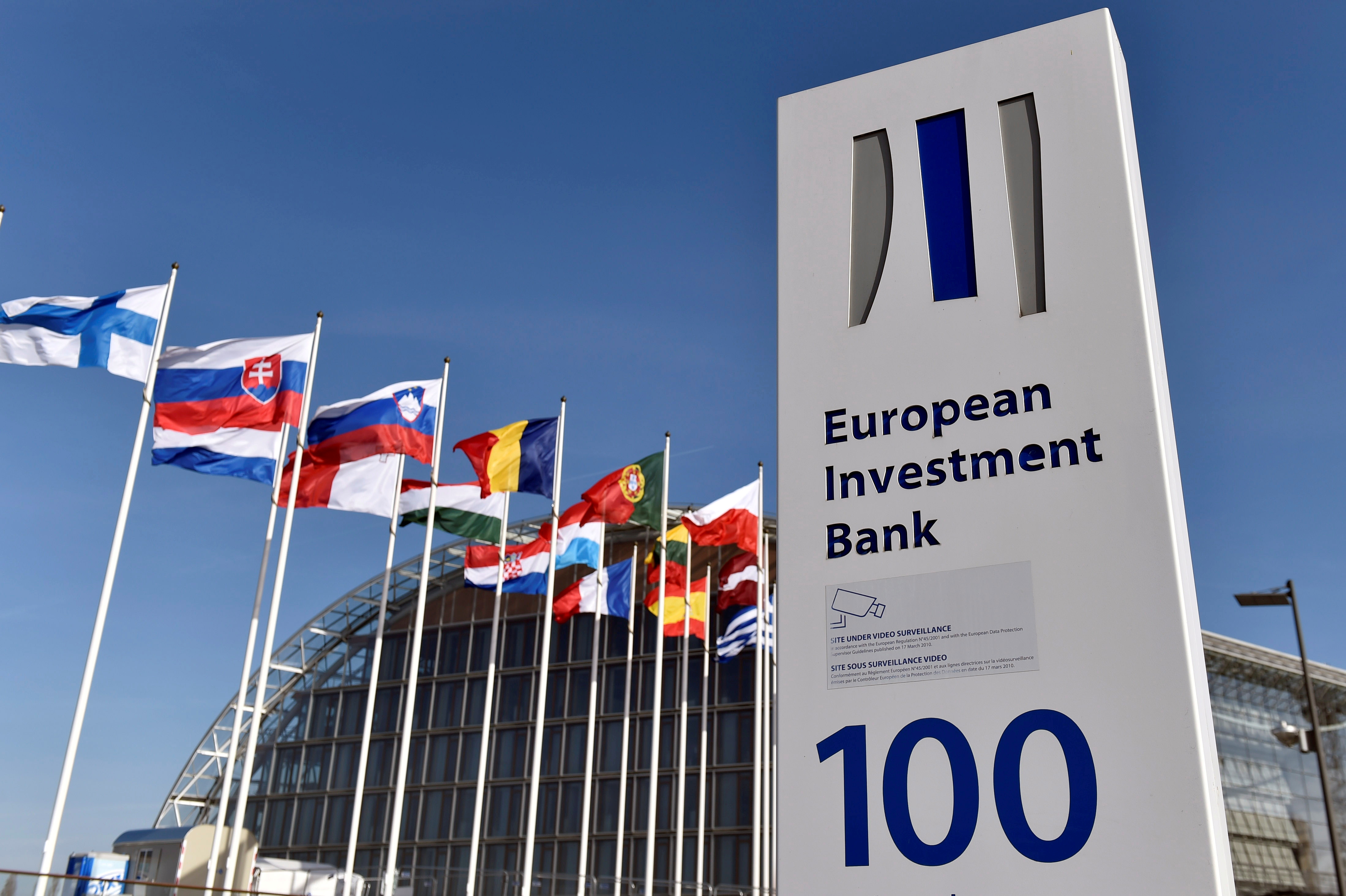

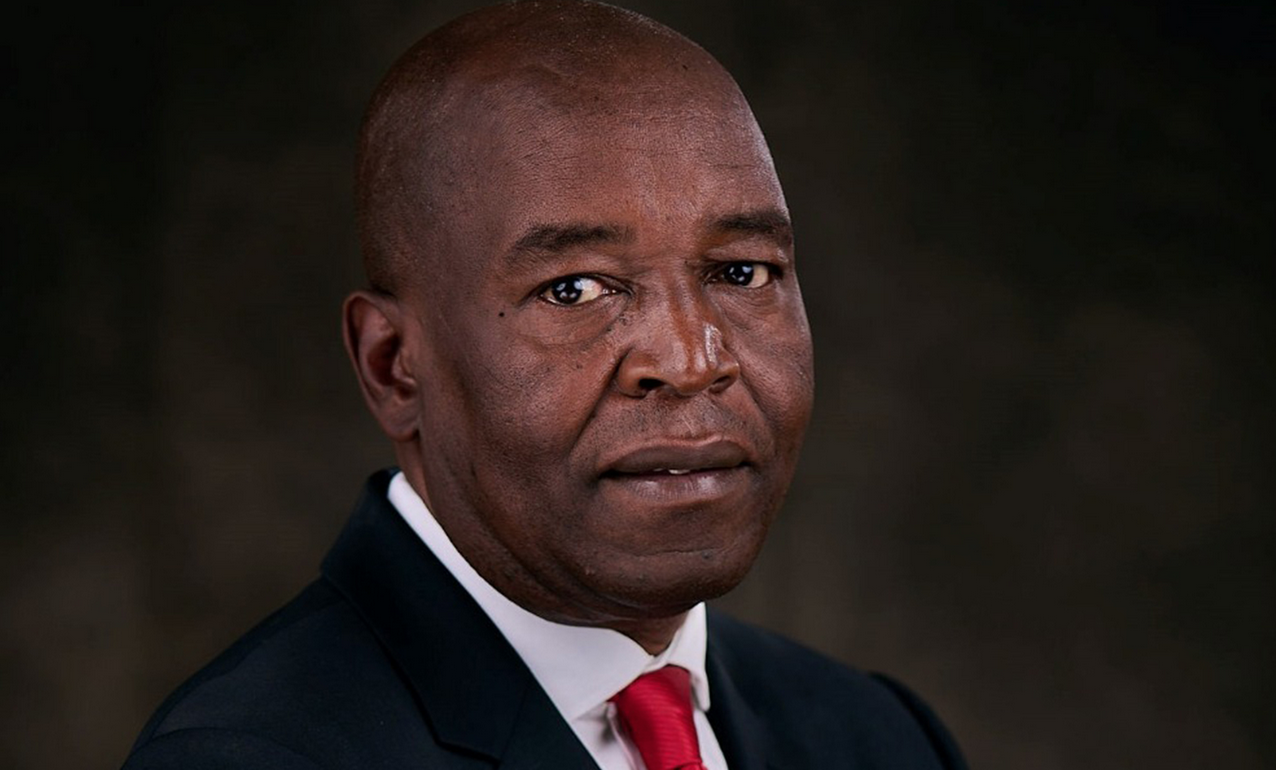

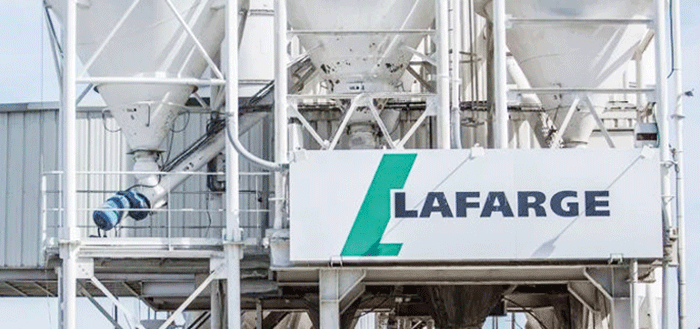



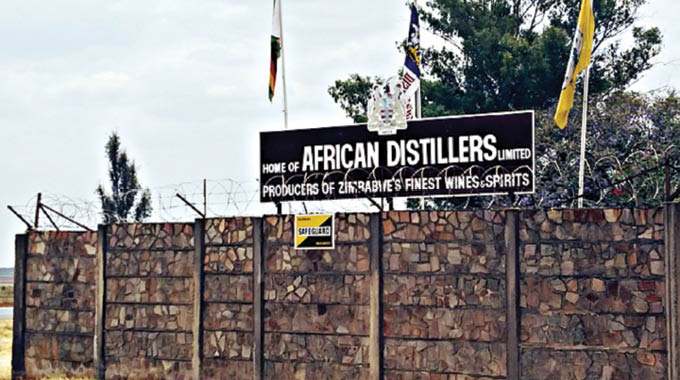


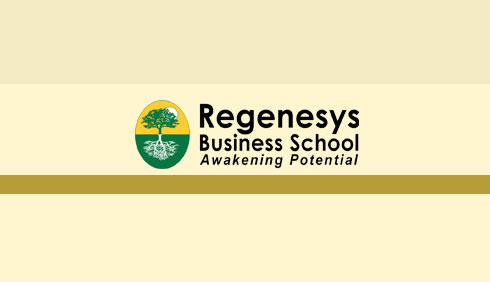
 Young Investment Professional (YIP) Graduate Programme 2019
Young Investment Professional (YIP) Graduate Programme 2019
Editor's Pick